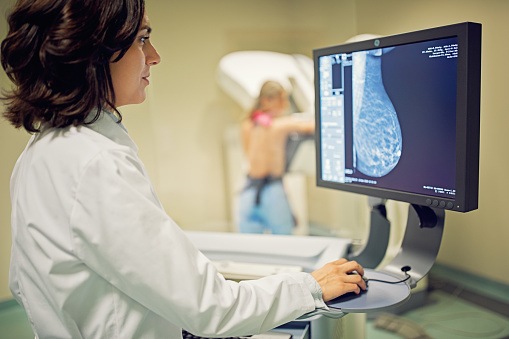
Researchers developed a precision medicine tool that predicts grade 3-5 chemotherapy toxicity in older adults with early-stage breast cancer. The study appeared in the Journal of Clinical Oncology.
In this study, researchers assessed chemo toxicity in 473 patients aged 65 and old with stage I-III breast cancer from 16 institutions treated with neoadjuvant or adjuvant chemotherapy. They used logistic regression to identify and predict toxicity into a model with weighted variable scoring. The efficacy of the model performance was analyzed using area under the ROC curve (AUC) and goodness-of-fit statistics.
According to the results, in the development cohort, the researchers observed that the rates of grade 3-5 chemotherapy toxicity for the three groups were 19%, 54%, and 87%, respectively. They noted that in in the validation cohort, the corresponding toxicity rates were 27%, 45%, and 76%, and the AUC was 0.75 (95% CI, 0.70 to 0.81) in the development cohort and 0.69 (95% CI, 0.62 to 0.77) in the validation cohort. The results showed that the risk groups were linked with increased hospitalizations and reduced dose intensity.
City of Hope Scientists Have Developed a Precision Medicine Tool That Predicts If Chemotherapy Will Produce Debilitating Side Effects in Older Adults https://t.co/npR7PYhsq9 pic.twitter.com/HLGEFbgTab
— Latest News from Business Wire (@NewsFromBW) January 14, 2021
“Despite remarkable advances in cancer treatment, tools to characterize the toxicity of cancer therapies have remained virtually unchanged for the past 20 years,” said Mina Sedrak, M.D., M.S., co-first author of the new study and deputy director of clinical trials via a press release about the study.
“This is a new precision medicine tool. Rather than basing treatment decisions and care on demographic data for a disease, we now can offer each elderly, early-stage breast cancer patient individualized toxicity information that could help align treatment with their goals for lifestyle, quality of life, longevity and other priorities.”
City of Hope Scientists Have Developed a Precision Medicine Tool That Predicts If Chemotherapy Will Produce Debilitating Side Effects in Older Adults https://t.co/wjehajkCf0
— IMPharma News (@IMPharmaNews) January 14, 2021
Tool that predicts if chemotherapy will produce debilitating side effects in older adults https://t.co/P8vc6lMjPD#BreastCancer #Diagnostics #Gerontology #MedicineHealth #science pic.twitter.com/vOvZ2PUgZz
— Bioengineer.org (@bioengineerorg) January 14, 2021


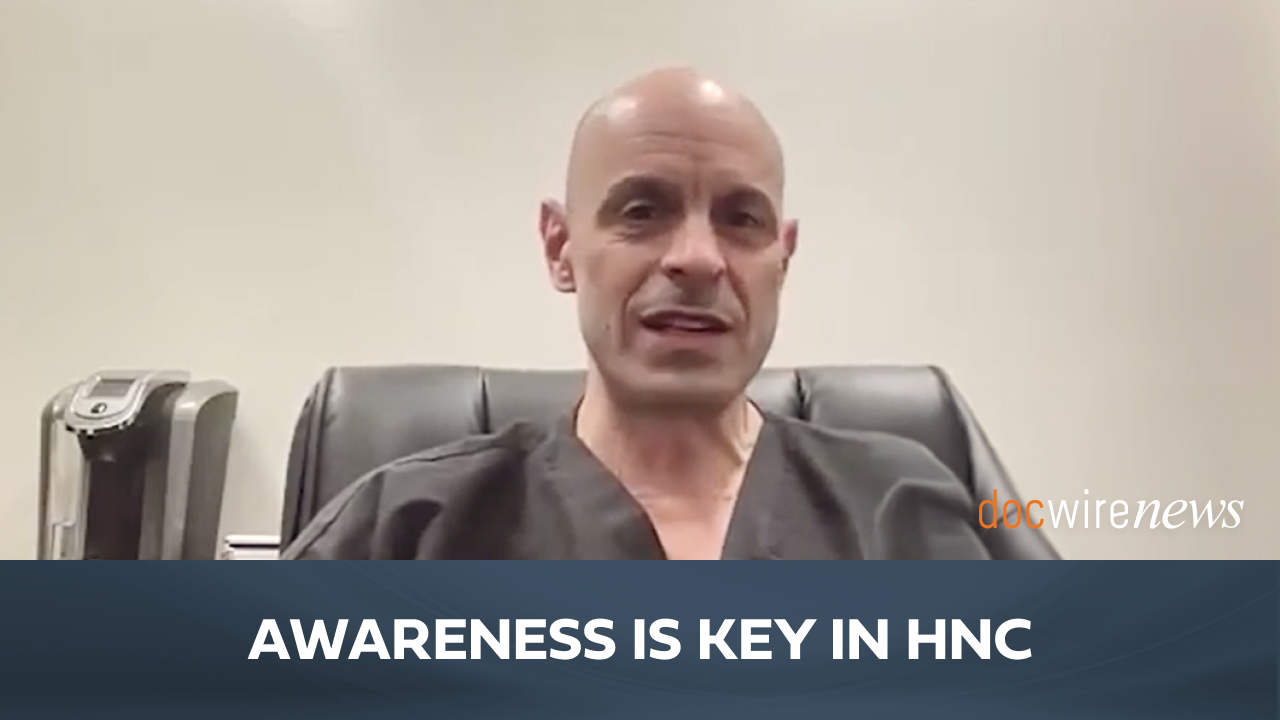
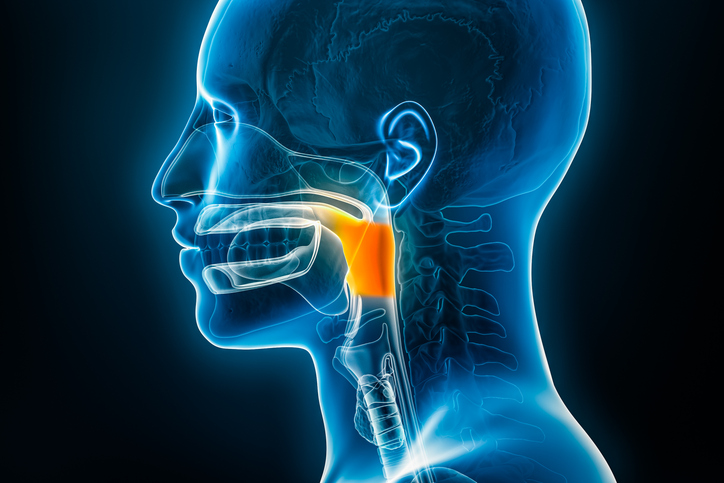
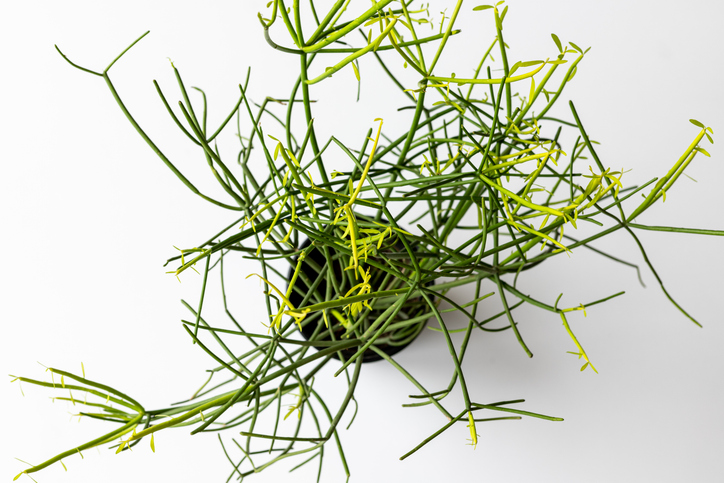
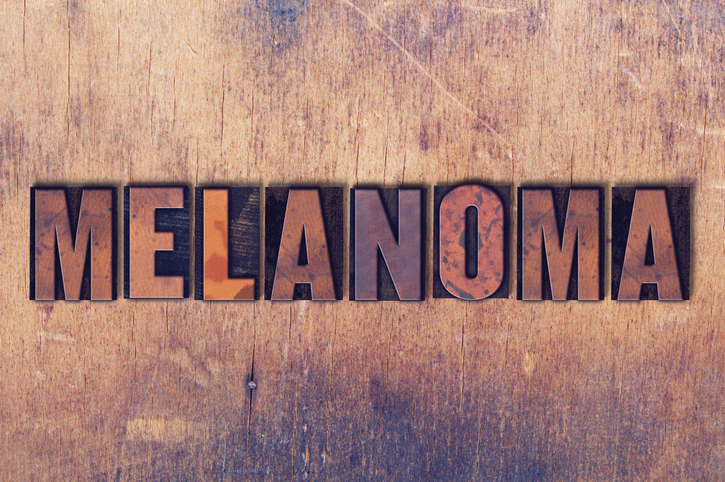

 © 2025 Mashup Media, LLC, a Formedics Property. All Rights Reserved.
© 2025 Mashup Media, LLC, a Formedics Property. All Rights Reserved.